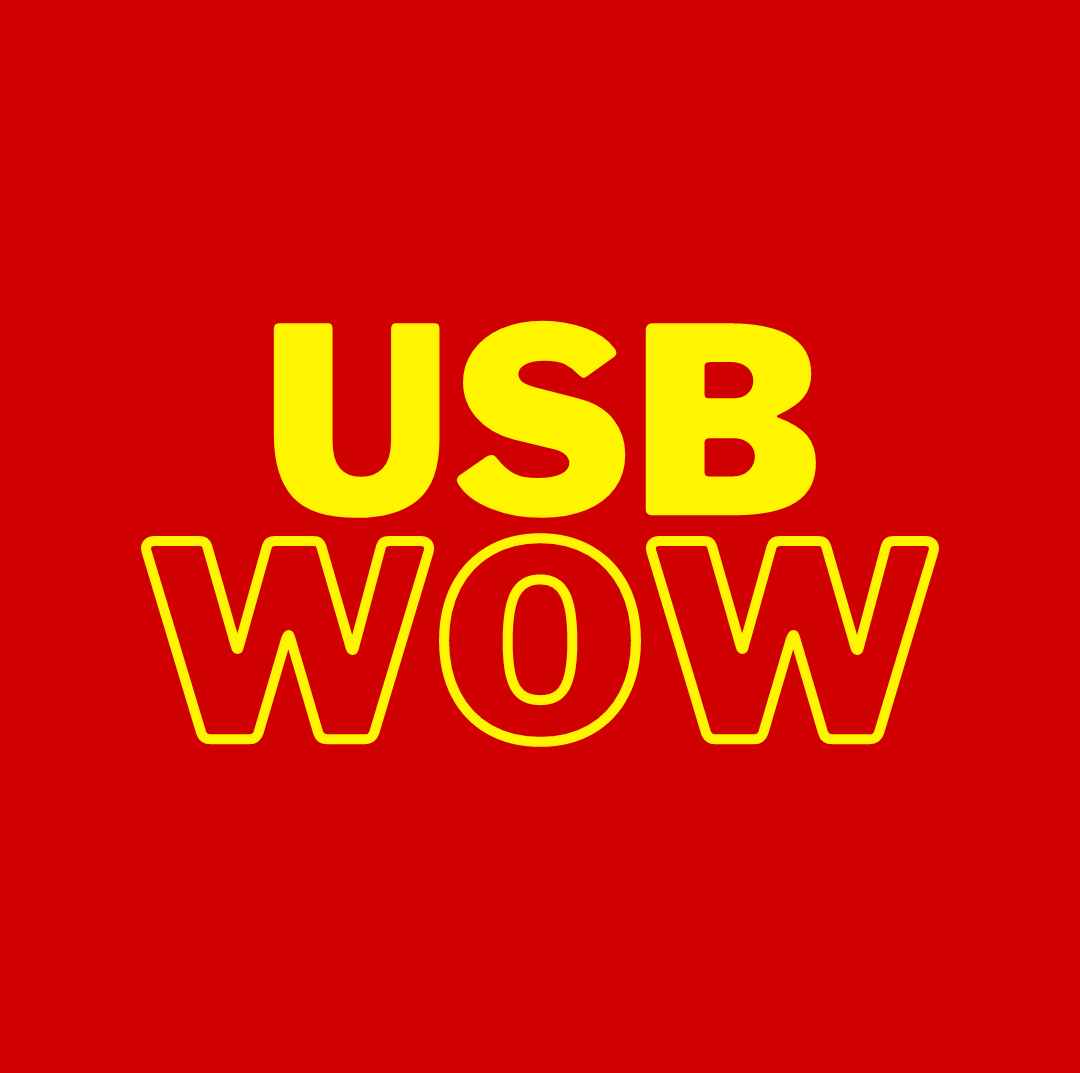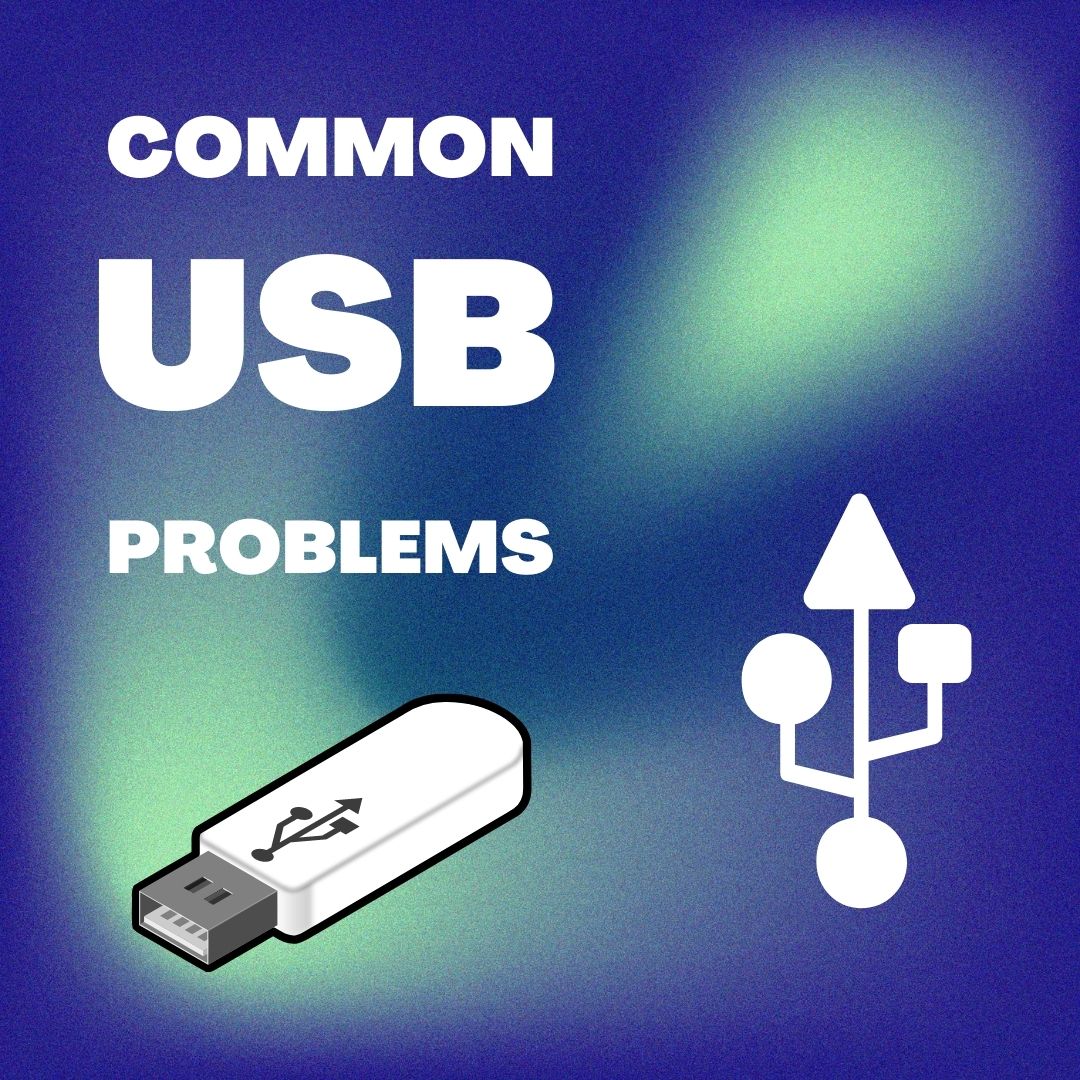As technology continues to advance, USBs have become an essential part of our daily lives. From USB 1.0 to USB-C, they are used to transfer data, charge devices, and connect peripherals.
However, like any technology, USBs can also experience problems. In this article, we will explore the most common USB problems and provide solutions to fix them.
USB Device Not Recognized
One of the most common USB problems is when the device is not recognized by the computer. This can happen for a variety of reasons, including outdated drivers, power issues, or a malfunctioning USB port.
To fix this problem, try the following solutions:
- Update Drivers: The first step in fixing a USB device not recognized error is to make sure you have the latest drivers installed. You can do this by going to the manufacturer’s website and downloading the latest drivers for your device.
- Check Power: Sometimes the problem is as simple as a power issue. Make sure your device is fully charged and that the USB cable is securely connected to both the device and the computer.
- Try a Different USB Port: If the problem persists, try connecting the device to a different USB port on your computer. This will help determine if the problem is with the device or the USB port. Ever wondered why you can’t get the USB plug in first time?
- Uninstall and Reinstall the Device: If none of the above solutions works, try uninstalling the device from your computer and then reinstalling it. This will help to clear any conflicts or problems that may be causing the device not to be recognized.
USB Device Not Working
Another common USB problem is when the device is not working properly. This can happen for a variety of reasons, including outdated drivers, power issues, or a malfunctioning USB port. To fix this problem, try the following solutions:
- Update Drivers: The first step in fixing a USB device not working error is to make sure you have the latest drivers installed. You can do this by going to the manufacturer’s website and downloading the latest drivers for your device.
- Check Power: Sometimes the problem is as simple as a power issue. Make sure your device is fully charged and that the USB cable is securely connected to both the device and the computer.
- Try a Different USB Port: If the problem persists, try connecting the device to a different USB port on your computer. This will help determine if the problem is with the device or the USB port.
- Uninstall and Reinstall the Device: If none of the above solutions works, try uninstalling the device from your computer and then reinstalling it. This will help to clear any conflicts or problems that may be causing the device not to be working properly.
USB Device Not Showing up in Windows Explorer
Another common USB problem is when the device is not showing up in Windows Explorer. This can happen for a variety of reasons, including outdated drivers, power issues, or a malfunctioning USB port. To fix this problem, try the following solutions:
- Update Drivers: The first step in fixing a USB device not showing up in Windows Explorer error is to make sure you have the latest drivers installed. You can do this by going to the manufacturer’s website and downloading the latest drivers for your device.
- Check Power: Sometimes the problem is as simple as a power issue. Make sure your device is fully charged and that the USB cable is securely connected to both the device and the computer.
- Try a Different USB Port: If the problem persists, try connecting
- the device to a different USB port on your computer. This will help determine if the problem is with the device or the USB port.
- Uninstall and Reinstall the Device: If none of the above solutions works, try uninstalling the device from your computer and then reinstalling it. This will help to clear any conflicts or problems that may be causing the device not to show up in Windows Explorer.
- Check Disk Management: If the device is still not showing up in Windows Explorer, try checking Disk Management. This can be done by going to the Start menu, typing “disk management” and hitting enter. Once in Disk Management, check to see if the device is showing up there. If it is, try assigning it a drive letter and see if it shows up in Windows Explorer.
- Check Device Manager: If the device is still not showing up in Windows Explorer, try checking Device Manager. This can be done by going to the Start menu, typing “device manager” and hitting enter. Once in Device Manager, check to see if the device is showing up there. If it is, try uninstalling and reinstalling the device driver.
USB Device Not Formatting
Another common USB problem is when the device is not formatting properly. This can happen for a variety of reasons, including outdated drivers, power issues, or a malfunctioning USB port.
To fix this problem, try the following solutions:
Check File System: The first step in fixing a USB device not formatting error is to check the file system of the device. Make sure the device is formatted with a compatible file system, such as FAT32 or NTFS.
Check Power: Sometimes the problem is as simple as a power issue. Make sure your device is fully charged and that the USB cable is securely connected to both the device and the computer.
Try a Different USB Port: If the problem persists, try connecting the device to a different USB port on your computer. This will help determine if the problem is with the device or the USB port.
Uninstall and Reinstall the Device: If none of the above solutions works, try uninstalling the device from your computer and then reinstalling it. This will help to clear any conflicts or problems that may be causing the device not to format properly.
As you can see, USB problems can be frustrating but with the right solutions, they can be fixed easily. Many times I’ve been able to fix mine with just a quick driver update.
Remember to always check for updates, check power, try different USB ports and uninstall/reinstall the device if necessary.
With these tips, you’ll be able to fix your USB problems in no time and get back to using your device.
If you’d like to learn more about USBs then check out our ultimate guide to USB here and learn about the different types of USB plugs here.

